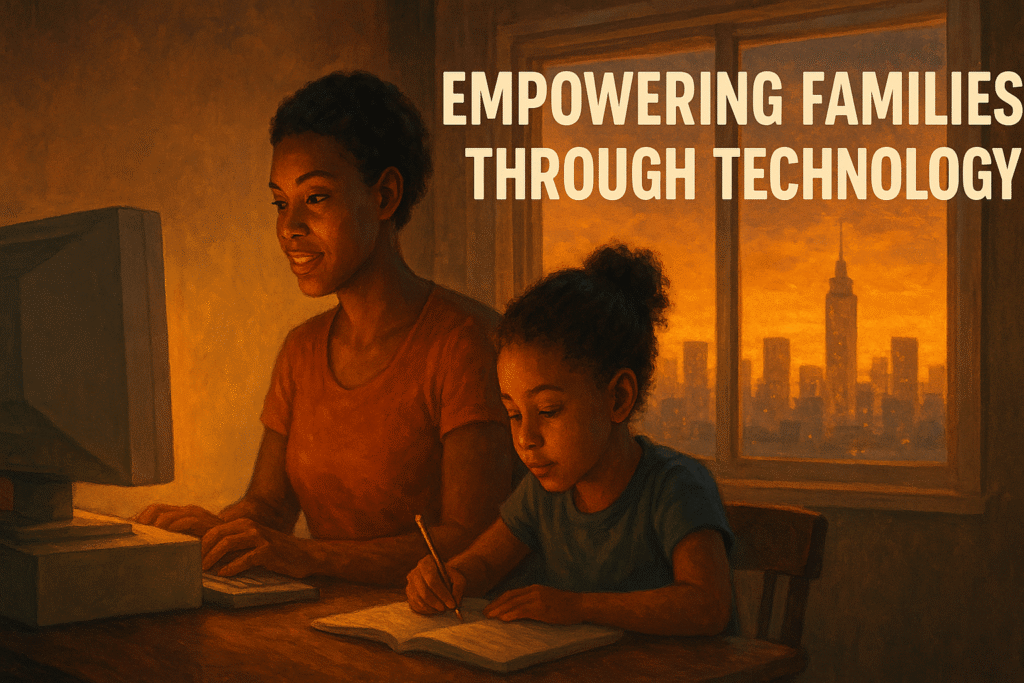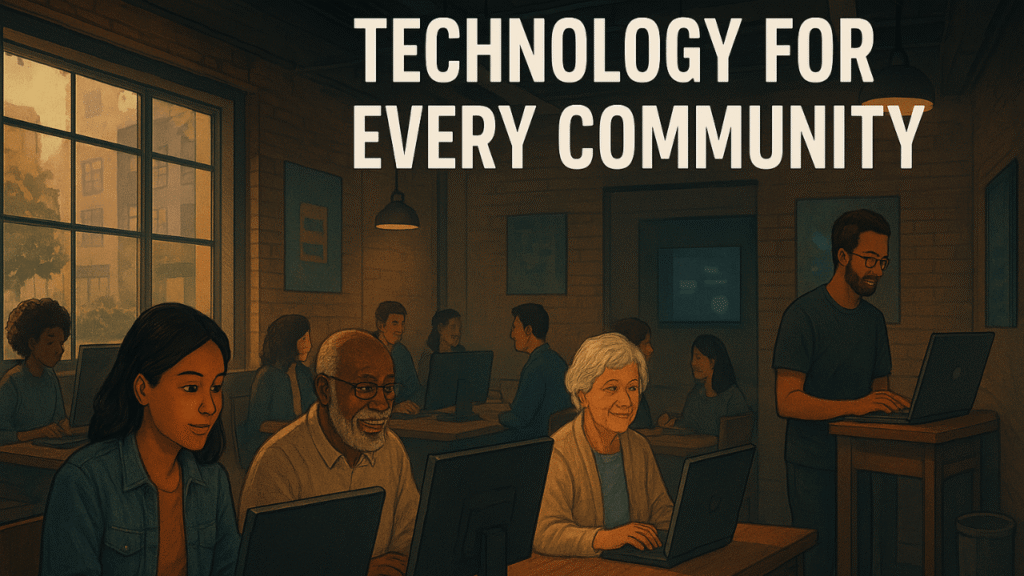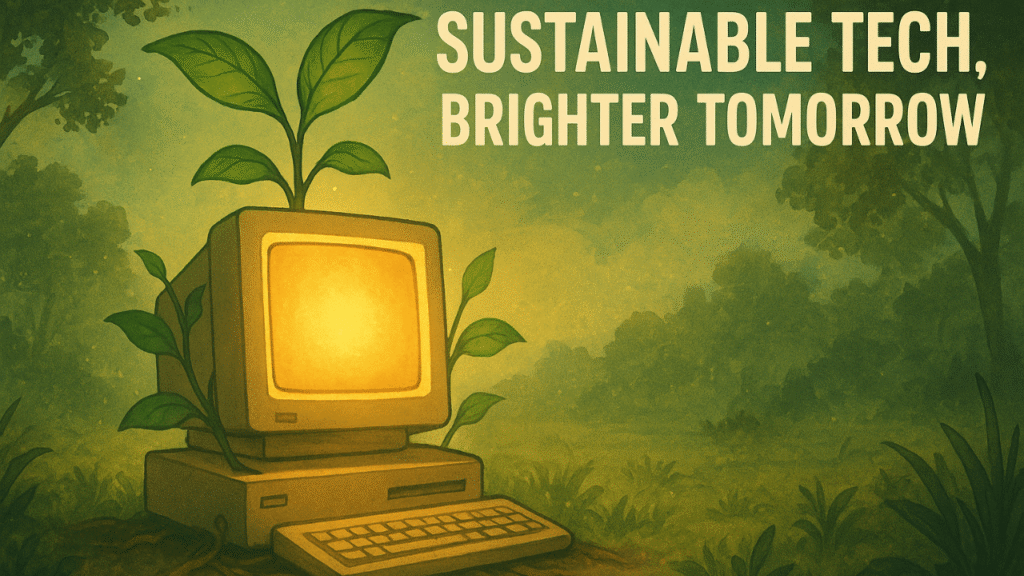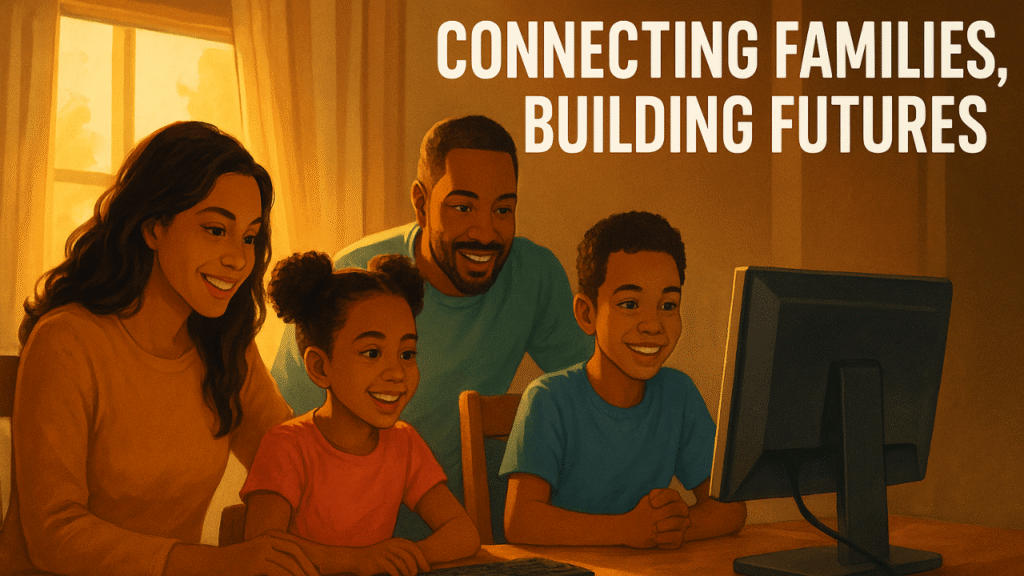Introduction
Access to technology shapes education, work, and even healthcare. Yet, millions of families in the U.S. still cannot afford a reliable computer or internet connection. This lack of access keeps them from fully participating in the digital world.
The gap is especially visible in education. Students without devices struggle to keep up with online assignments or virtual classes. Adults without computers face barriers in applying for jobs or learning new skills. Without digital tools, opportunities shrink.
That’s where PC for People comes in, providing affordable computers and internet solutions to underserved households. The program bridges the digital divide by offering refurbished devices and low-cost connectivity.
Access to digital tools isn’t just about convenience—it determines who can thrive in modern society. From education to healthcare, almost everything has shifted online. Families without the right resources often fall behind, making it essential to support programs that deliver equal opportunities in today’s connected world.

What is PC for People?
Nonprofits that distribute refurbished devices play a crucial role in closing the technology gap. Instead of letting perfectly usable machines go to waste, these programs recycle them for households in need. This approach combines sustainability with accessibility, ensuring both people and the environment benefit from each device’s extended life.
This model benefits both people and the planet. By extending the life of devices, the program keeps tons of e-waste out of landfills while giving communities affordable technology. Each refurbished computer is tested, updated, and prepared to handle everyday needs.
For students, a reliable device means better participation in school and improved academic performance. Adults use these machines for career development, job applications, and accessing essential online services.
Through this combination of access and sustainability, PC for People has grown into one of the most effective digital equity initiatives in the U.S. It doesn’t just hand out computers—it creates opportunities for lasting change.
Who Qualifies for PC for People Programs?
Eligibility is designed to ensure fairness, making PC for People accessible to those most in need. Generally, individuals and families qualify if they earn below 200% of the federal poverty line or participate in government programs such as SNAP, Medicaid, or free school lunch.
Applicants must provide documentation like tax returns, benefit letters, or enrollment verification. This process verifies need and ensures resources go where they will have the greatest impact.
A common misconception is that only students are eligible. In reality, the program supports households, seniors, nonprofits, and individuals facing financial challenges. This broad scope helps entire communities gain access.
Programs like this are structured to prioritize fairness, directing resources toward those who face the greatest financial challenges. Clear requirements help prevent misuse and ensure that the families most in need receive support. This eligibility process is critical for keeping technology access both transparent and impactful for communities nationwide.
Benefits of PC for People
The biggest advantage of PC for people is access to reliable, low-cost technology. For many households, it’s their first time owning a dependable computer. Students gain the tools they need for research, writing, and online classes.
Internet access through the program adds another layer of opportunity. Families can connect with telehealth services, apply for jobs, and manage finances online. This access builds independence and security.
Affordable technology opens doors to countless opportunities. Students gain better chances of completing assignments, parents can apply for jobs online, and seniors can connect with telehealth services. Access to reliable devices and internet services helps households not only meet daily needs but also build long-term stability and independence.
Ultimately, it’s more than just affordable devices. PC for People empowers families to participate in a digital-first world, opening doors to education, career growth, and improved quality of life.

How to Apply for PC for People
Application systems are designed to be straightforward. By collecting necessary documents and submitting them online or in person, families can quickly begin the process. A simple, user-friendly approach ensures that people aren’t discouraged by complicated steps, making it easier for everyone to participate and receive timely assistance.
The first step is gathering documents that prove income eligibility or enrollment in qualifying programs. Uploading or submitting these documents accurately is critical to avoid delays.
Once submitted, applications are usually reviewed within a few business days. Families can then purchase or receive refurbished devices and sign up for affordable internet plans.
For those unsure about the process, in-person applications provide extra guidance. Online applicants benefit from convenience, while staff members at physical sites help applicants complete each step. With both options available, PC for People ensures no one is excluded from applying.
PC for People Internet Program
Low-cost internet initiatives provide families with the chance to fully use their computers for school, work, and daily life. These services are often tailored to affordability without sacrificing reliability. By pairing affordable devices with connectivity, families gain the complete package they need to participate in a digital-first society.
These packages cost far less than traditional broadband services while still providing reliable speeds for schoolwork, video calls, and streaming. Coverage extends across many regions, making it a practical choice for underserved communities.
What makes the internet program unique is its combination with affordable devices. Instead of dealing with multiple providers, families can access both solutions in one place.
This bundled approach ensures participants have the tools and the connection they need. For many, PC for People represents their first chance to be consistently online, transforming daily life and long-term opportunities.
PC for People vs. Other Tech Assistance Programs
Many programs aim to close the digital divide, but PC for People stands out for its integrated model. Other initiatives, like Lifeline, focus on discounted phone or broadband service. Some local charities provide computers, but often in limited quantities.
Different organizations provide varying levels of support, from broadband subsidies to free devices. However, not all programs offer comprehensive solutions. What makes certain models stand out is their ability to integrate both hardware and connectivity into a single package, ensuring households have everything necessary for meaningful online engagement.
Its nationwide presence is another advantage. While local efforts may serve a few communities, PC for People reaches households across the U.S., maintaining consistent quality and support.
This combination of scope, affordability, and reliability makes it one of the most effective and practical programs available. In comparison, PC for People delivers both scale and long-term impact.

Pros and Cons of PC for People
Every program has strengths and weaknesses, and PC for People is no exception. On the positive side, it provides affordable devices and internet, making digital access possible for those who would otherwise be left out.
Its environmental mission is another strength. Refurbishing computers reduces waste and promotes sustainability, turning donations into community empowerment.
On the downside, eligibility rules may exclude families slightly above the income threshold who still face financial struggles. Refurbished devices, while functional, may not match the speed or performance of brand-new machines.
No program is perfect, and understanding both strengths and weaknesses helps set realistic expectations. While affordability and environmental benefits are clear advantages, limitations like availability or eligibility can pose challenges. Being aware of both sides allows families to make informed decisions about how best to meet their technology needs.
Success Stories: How PC for People Changes Lives
The best proof of impact comes from the stories of those helped by PC for People. A high school student who once borrowed devices from friends now attends online tutoring daily with her refurbished laptop.
A single parent secured stable remote employment after gaining both a device and low-cost internet. This allowed them to support their family while staying home with young children.
Nonprofits have also seen results. One community center equipped its computer lab with refurbished desktops, offering digital literacy workshops for immigrants and seniors.
Real-world examples highlight the transformative impact of accessible technology. Students can study more effectively, parents secure jobs, and community centers offer digital literacy classes. These stories show that providing affordable devices and connectivity doesn’t just solve immediate problems—it creates long-lasting changes that improve entire communities over time.
How to Support or Donate to PC for People
Supporting nonprofit initiatives can be as simple as donating old devices, contributing funds, or volunteering time. Every action, no matter how small, contributes to the greater mission of digital inclusion. By getting involved, individuals and corporations help expand access to communities that need it the most.
Volunteering is another way to contribute. People can assist with refurbishing computers, helping with applications, or spreading awareness.
Corporations play a major role too. Many donate bulk equipment or funds, aligning their sustainability and social responsibility goals with the program’s mission. These contributions extend the reach of services nationwide.
Every donation or volunteer hour fuels digital access. Supporting PC for People means empowering communities while also reducing environmental waste. It’s a small action with long-lasting effects.

Frequently Asked Questions (FAQ)
Is PC for People really free?
Yes, many devices are free depending on program availability. Some may require a small fee, but they remain far more affordable than retail options.
How long does approval take?
Most applications are processed within a few business days. If documents are incomplete, approval may take longer.
Can I upgrade my device later?
Yes, participants can return to upgrade or purchase accessories at discounted rates. PC for People keeps the program flexible for long-term users.
Does PC for People offer laptops or only desktops?
Both are available, though inventory varies based on donations and demand. Availability differs by location.
Final Verdict
Digital access defines opportunity in education, work, and everyday life. Without a computer or internet, families risk falling further behind. Programs like PC for People ensure that doesn’t happen.
By combining affordable refurbished devices with low-cost internet, the program addresses both major barriers to digital inclusion. Its model not only empowers households but also promotes environmental sustainability.
Equal access to technology is one of the defining issues of our time. Programs that bridge this gap help create stronger communities and brighter futures. By focusing on affordability, sustainability, and opportunity, these efforts show that small steps can lead to significant progress in building a more connected society.
In 2025 and beyond, the program stands as one of the most effective tools for bridging the digital divide. PC for People proves that with access, every community can thrive in a connected world.


ztqrgb